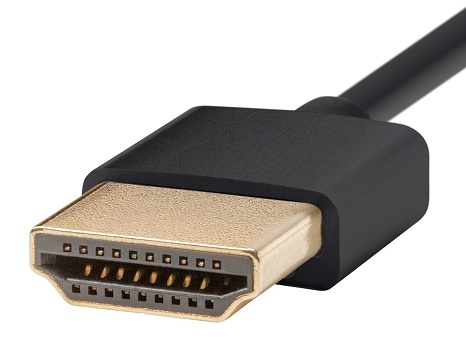HDMI cables are used for different roles and this means they come in different designs. New generations of devices require different connecting tools than older ones.
So, it is crucial when shopping for an HDMI cable to know what type you need, what you need it for and the kind of devices you want to connect.
Below are some of the types of HDMI cables you need to know.
1. Category 1
This is the category of HDMI cables on which others are measured and tested i.e. it is the standard.
Category 1 cables always perform at a speed of 74.5MHz. However, this doesn’t imply that those that are not labeled Category 1 will perform at lower speeds. It is just important that you buy one that is marked.
2. Category 2
These types of HDMI cables are really fast and have been tested and are certified to work at 340 MHz.
When buying, you’ll find them marked. Remember, HDMI cables work better when they are shorter.
3. Type A
These are designed to be used in HDMI 1.0 capable devices. They have 19 pins on the cable head, giving them good enough bandwidth to be used by almost all HD devices.
4. Type B
These types of HDMI cables are an upgrade version of the Type A cables. Unlike the latter which have 19 pins, these have 29, making them the most suitable cables for extremely high- resolution screens.
TVs that have 4K and above resolutions work comfortably with such a cable.
5. Type C
Though carrying the same number of pins as the Type A model, they have more functions than the latter. They fit into small spaces, making their design appropriate for high definition devices that use HDMI 1.3.
Using a converter, Type C cables can be used as a substitute for Type A.
6. Type D
This is another type of cable that is specifically used with HDMI 1.4 capable devices, for example, 4K TVs, Consoles among others.
They are small in size compared to Type A and Type B. It also has 19 pins on the cable head.
Now that you have an insight on the types of HDMI cables when you go shopping, buy an HDMI cable that is going to be compatible with the equipment you own in order to achieve the best results.
Related:
4 uses of HDMI port on a laptop
The downsides of using the USB-C

